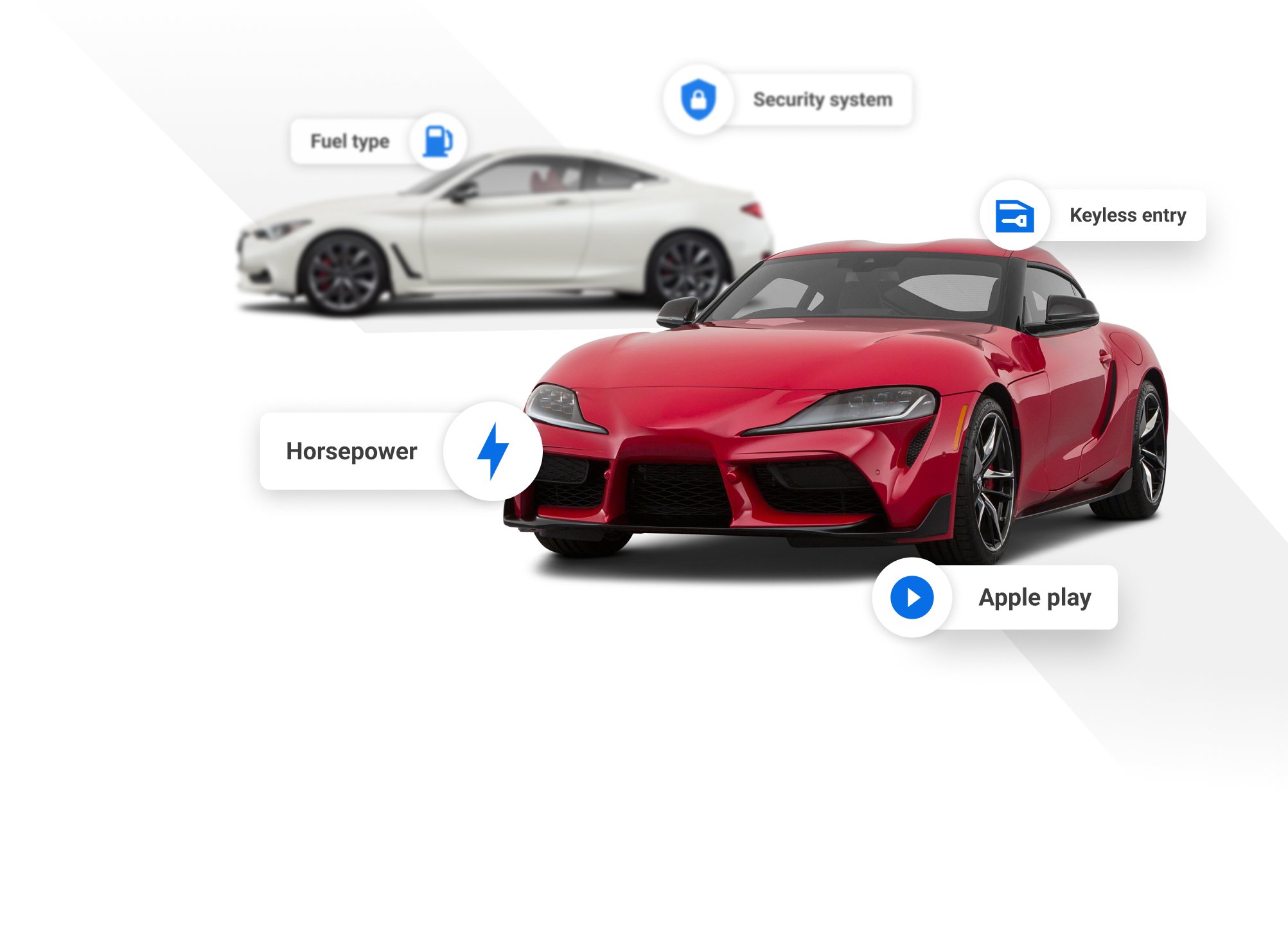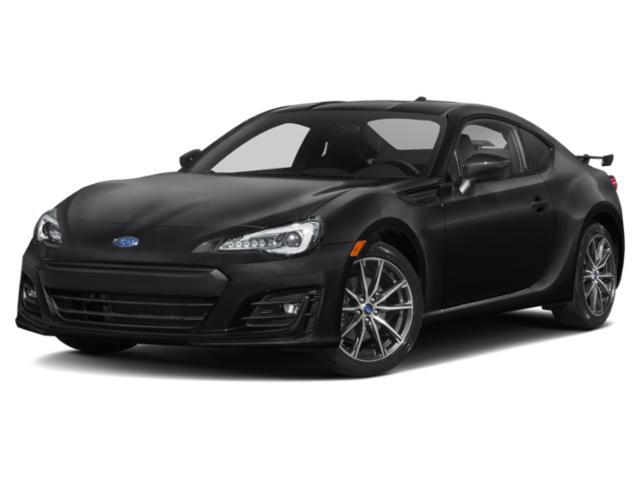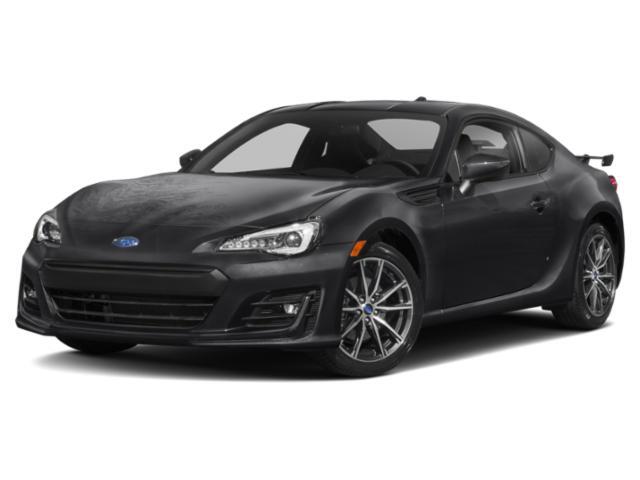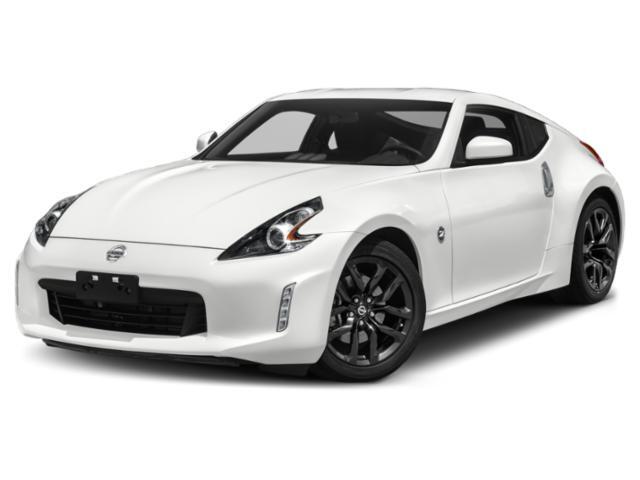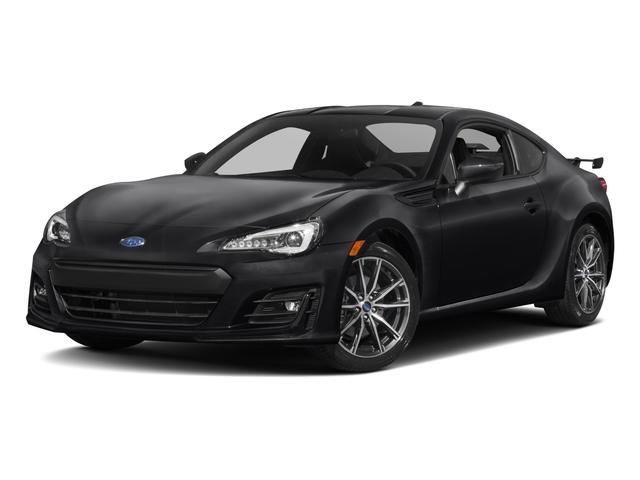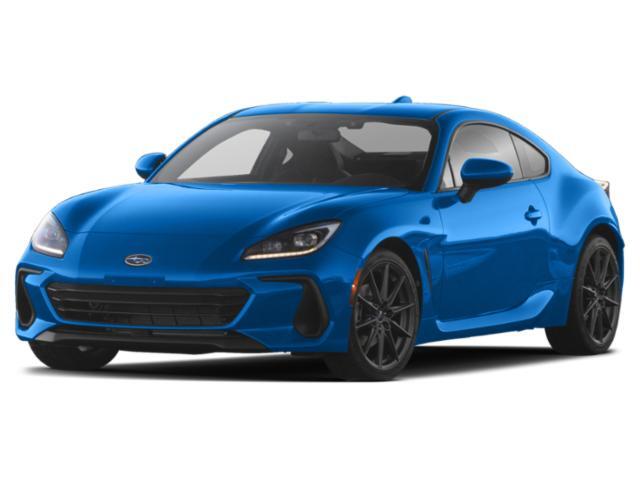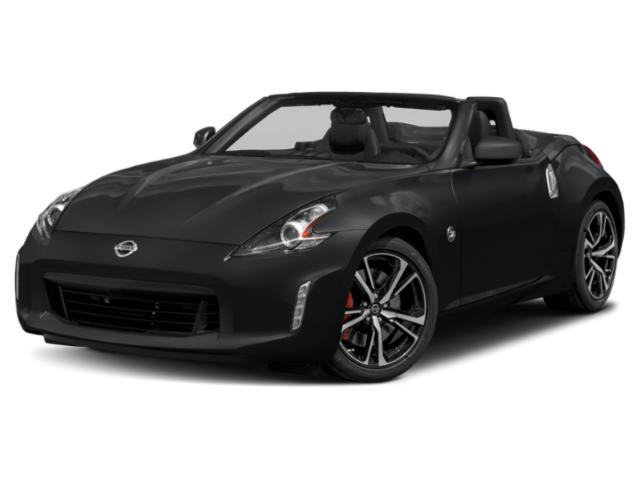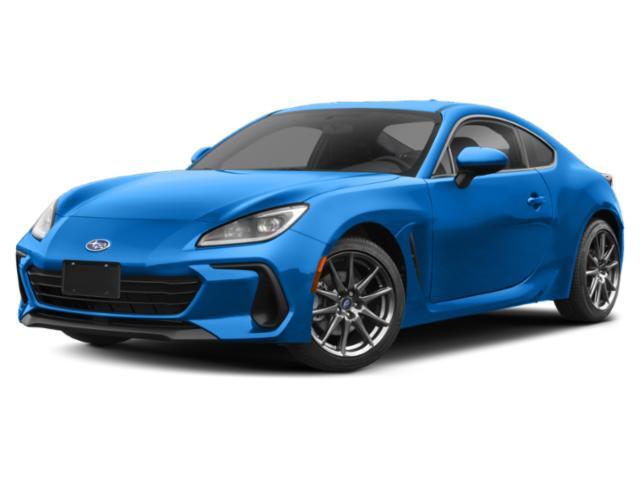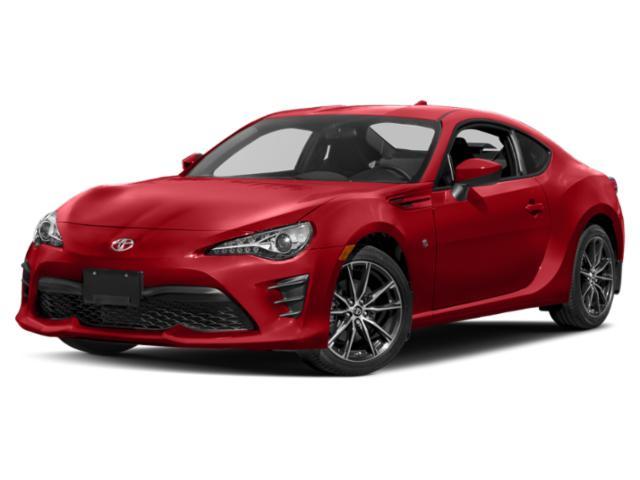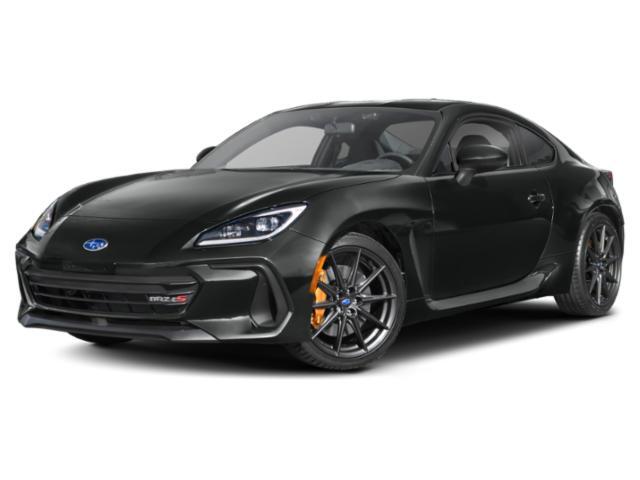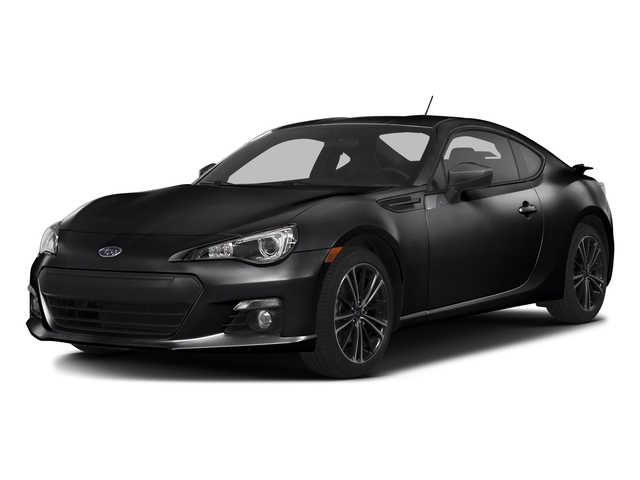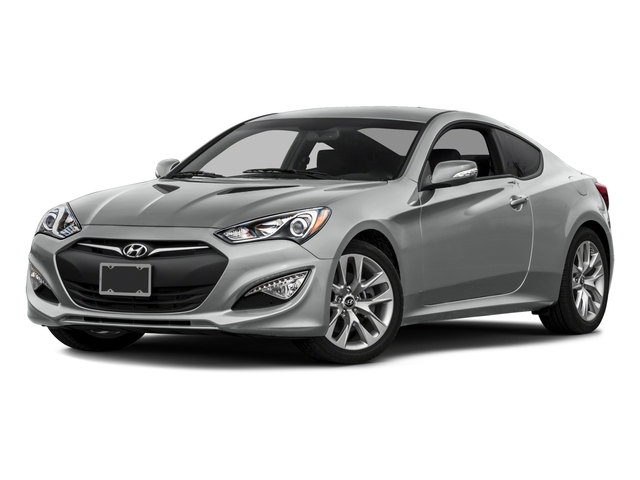
2020 Toyota 86

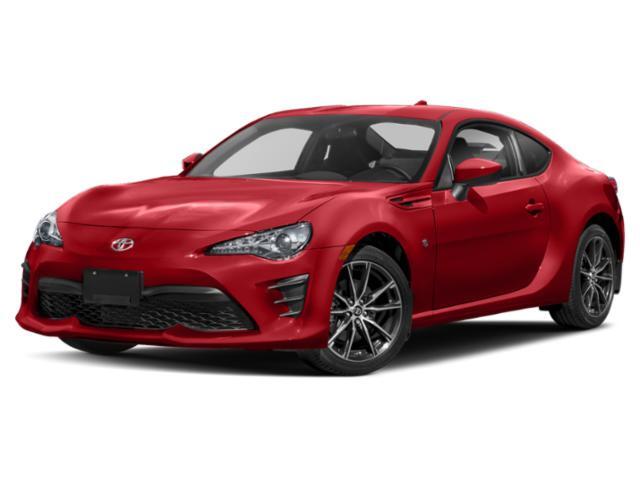
Key Specifications for 2020 Toyota 86






Buyer’s Guide
History / Overview
The Toyota 86 is a compact sports coupe that debuted in 2013 as the Scion FR-S. It migrated to the Toyota lineup in 2017 when the Japanese company killed the Scion sub-brand. The Toyota 86 is a virtual twin to the Subaru BRZ.
What's New / Key Changes from Last Year
For 2020, all Toyota 86 trims get an upgraded infotainment system that supports the Android Auto and Apple CarPlay smartphone systems.
Latest in a line of special edition trims is the Hakone Edition, named after a renowned stretch of highway near Tokyo.
Available Trims
Toyota offers the 86 in base, GT and Hakone Edition trims. All use a 2.0L four-cylinder engine with a choice of six-speed manual and automatic transmissions.
Standard Features
The base Toyota 86 comes with keyless entry, cruise control, tire pressure monitoring, an 8-speaker stereo with 7.0-inch touchscreen, auto on/off headlights, Apple CarPlay/Android Auto, 17-inch wheels, power windows and locks, power/heated side mirrors, Bluetooth, air conditioning with automatic climate control, tilt-and-telescopic steering, and a leather-trimmed steering wheel.
Hakone Edition trim adds heated front seats with tan-on-black leather/Alcantara trim, dual-zone automatic climate control, a 4.2-inch colour driver info display, bronze wheels and a trim-specific green paint colour.
GT trim brings 18-inch wheels.
Fuel Economy
Toyota's fuel consumption estimates for the 86 are 11.2/8.3 L/100 km (city/highway) with the manual transmission, and 9.9/7.3 for the optional automatic.
Competition
Toyota 86 competitors include the Subaru BRZ, Mazda's MX-5, the Mini Cooper convertible, Fiat's 500 Abarth, the Honda Civic Si, Hyundai's Elantra Sport, and the Volkswagen Golf GTI.
Review & Compare:
Photos

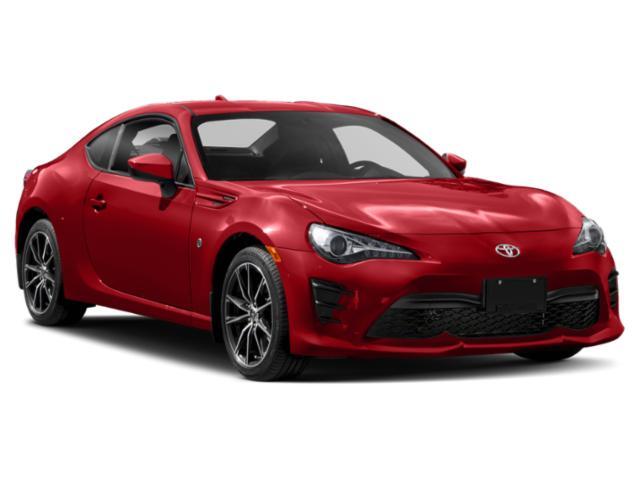
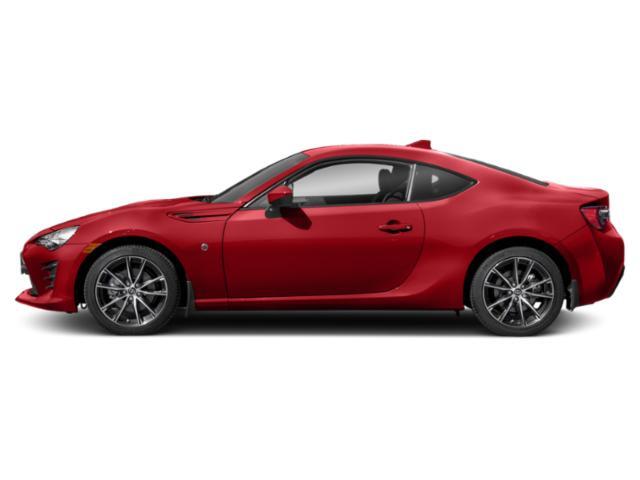
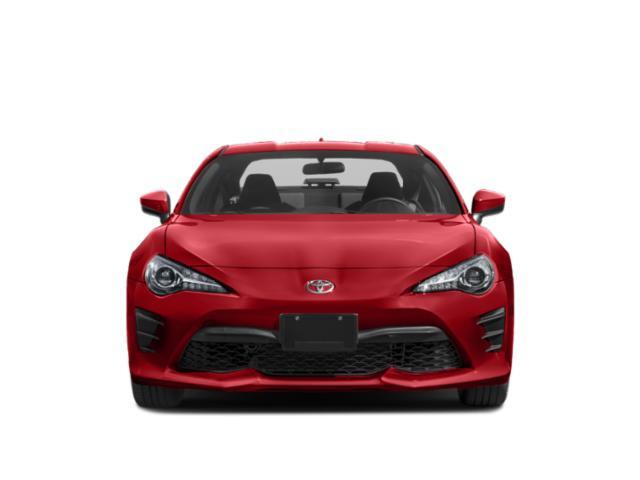
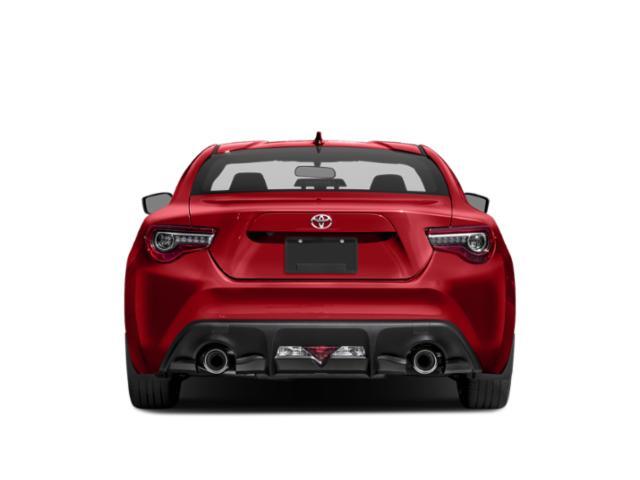
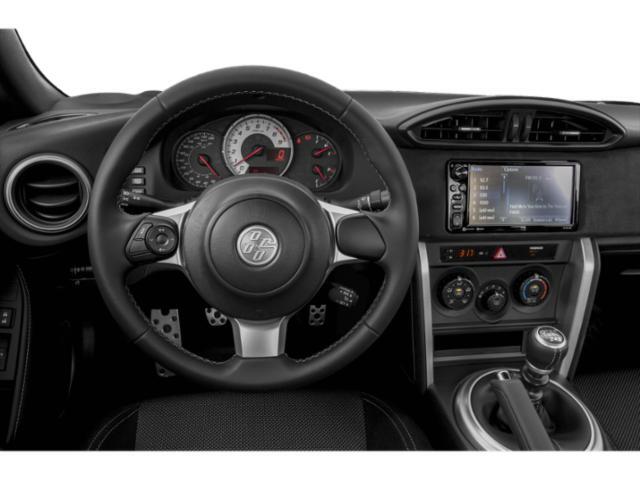
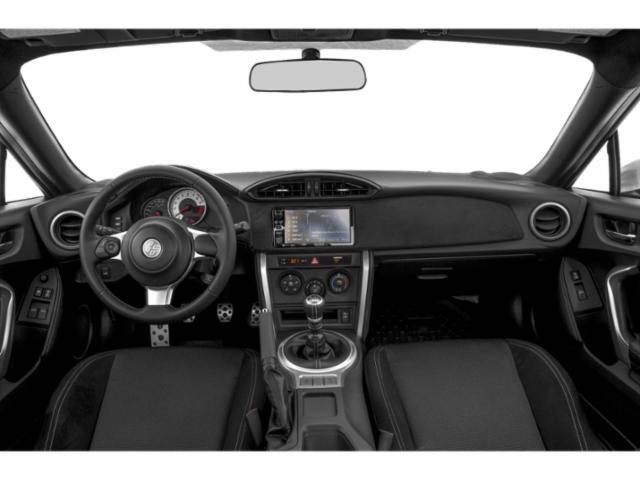

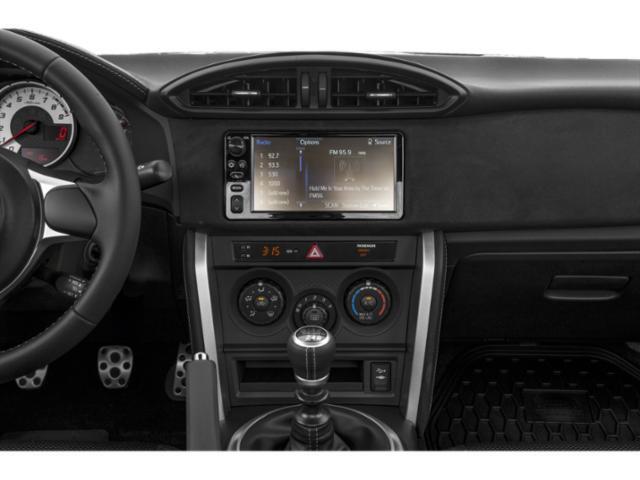
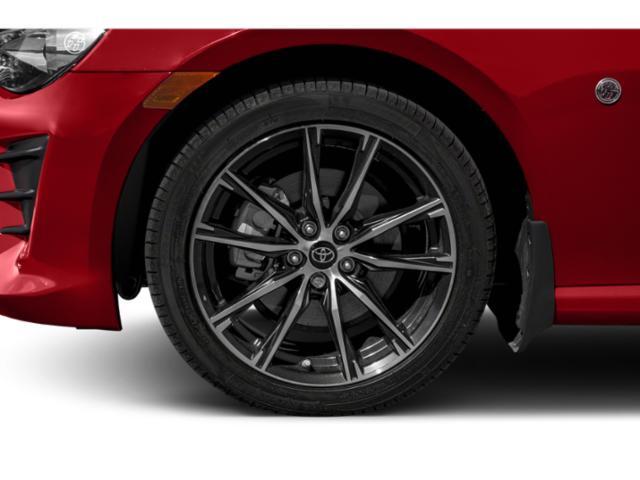
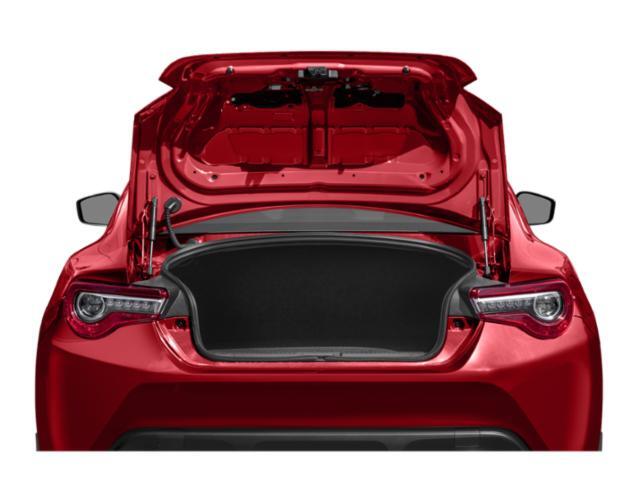
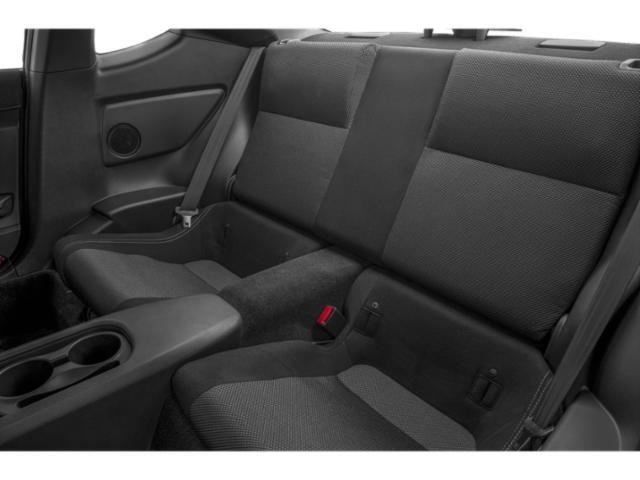
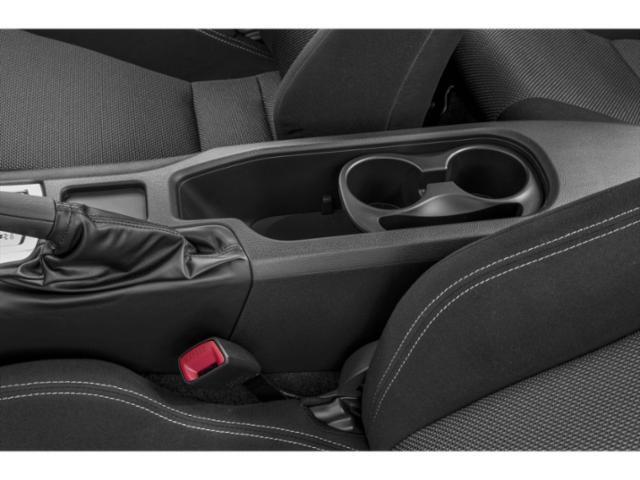
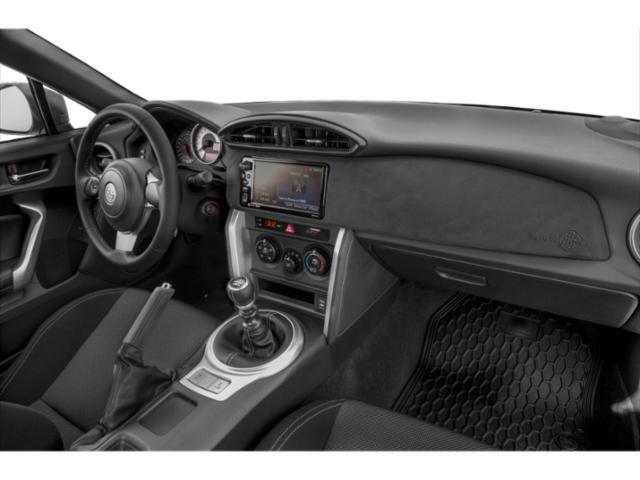

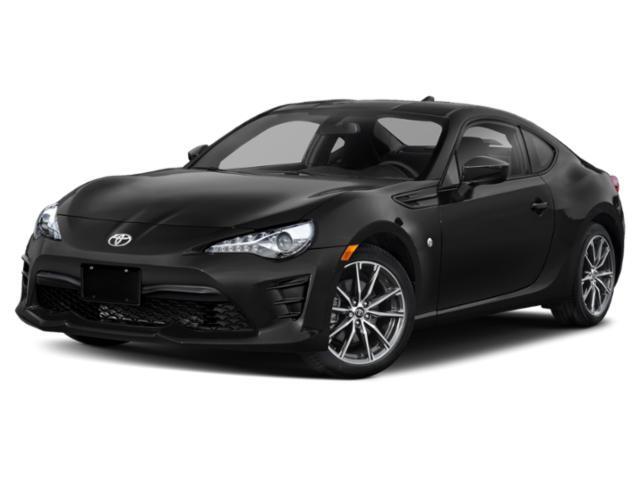
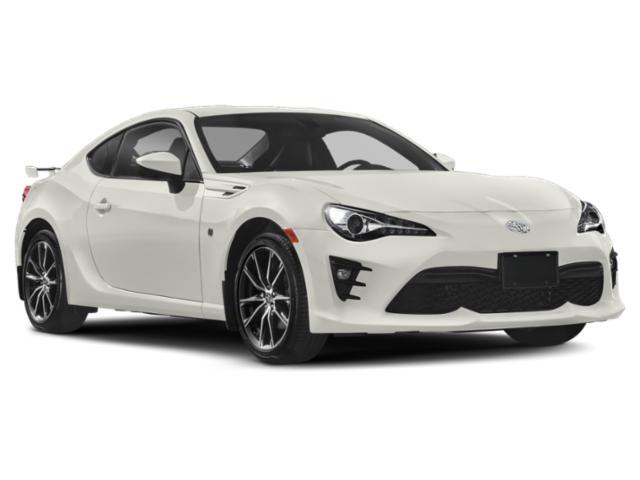

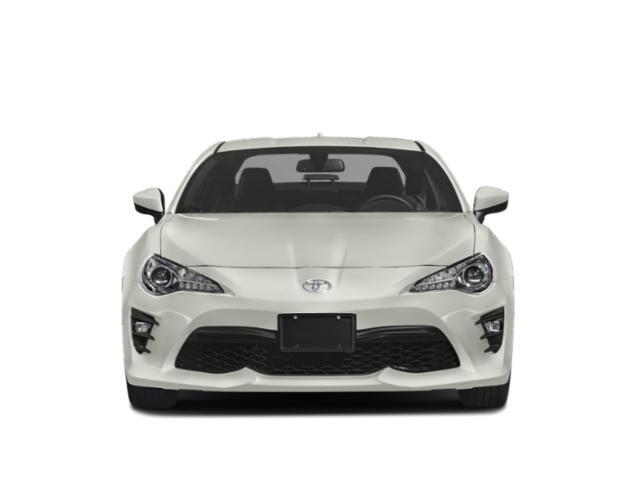
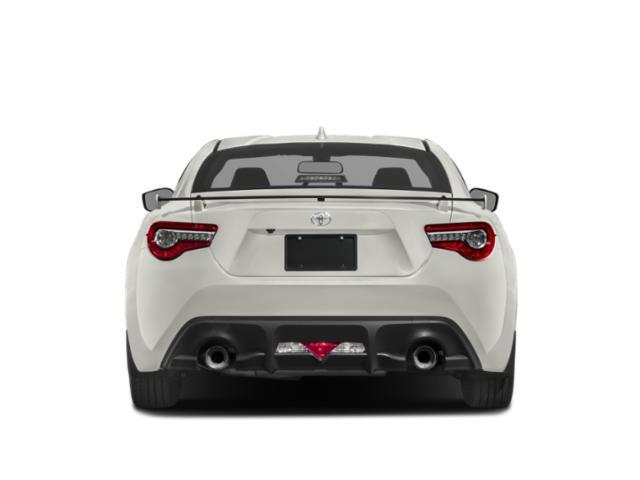
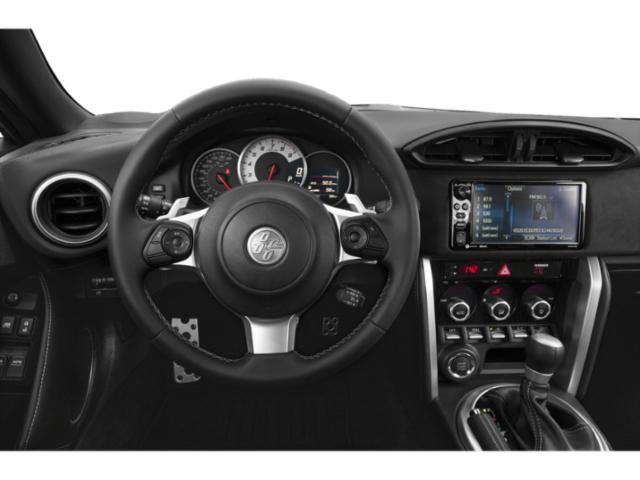
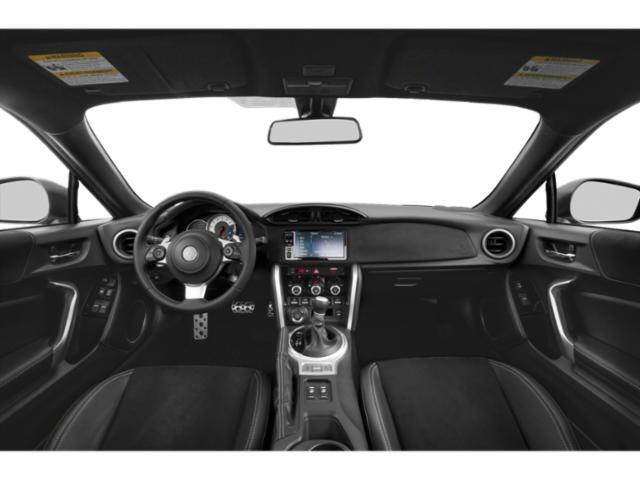
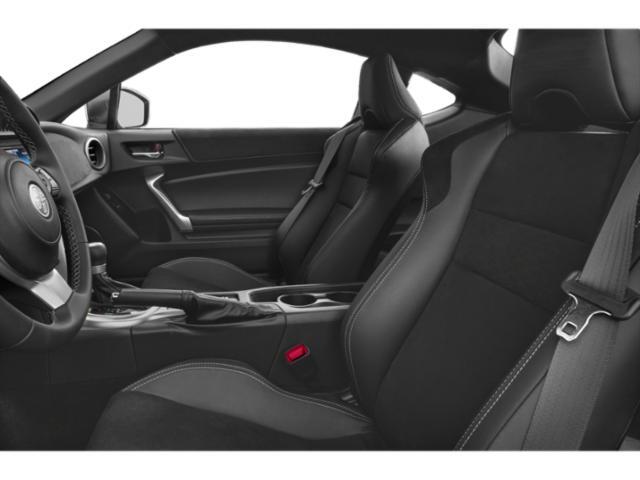
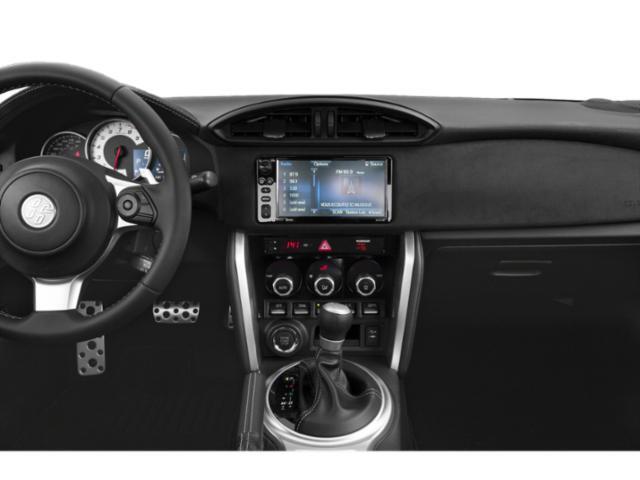
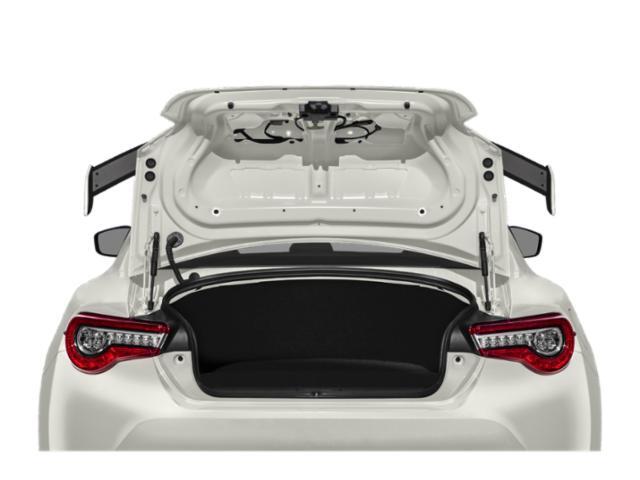

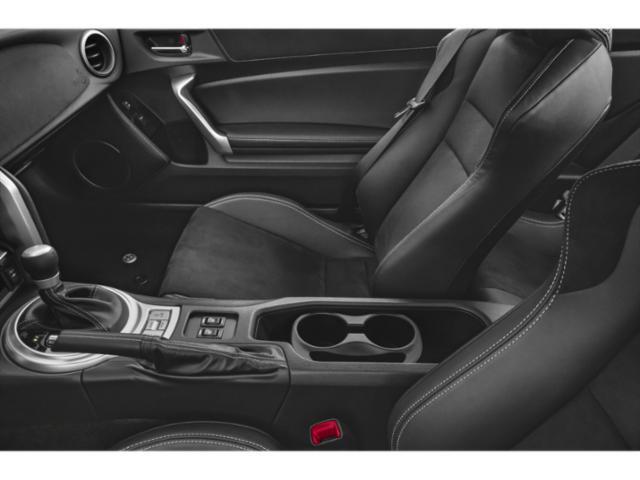



























AutoTrader Review


This vehicle has not yet been reviewed



